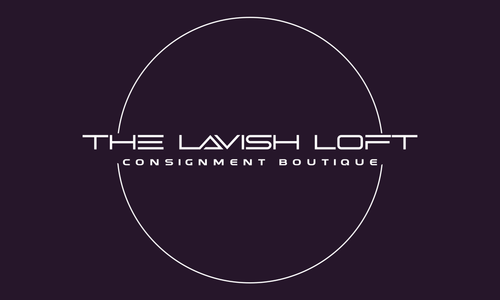LOUIS VUITTON
THE STORY BEHIND THE BRAND
Louis Vuitton was born to a working-class family in eastern France. When he was 16 he left his family and came to Paris in search of a better life.
Louis arrived in a thriving city in the midst of industrialization. Trains were becoming the preferred means of transportation for people. And with frequent travelers came the need for more durable travel pieces which could both protect travelers’ belongings and withstand longer journeys.
Thus the young Louis started apprenticing for Monsieur Maréchal, a successful box-maker and packer.
Under the guidance of the trunk-master, Louis became a valued craftsman and seventeen years later, he opened his own shop in Paris — he was 33.
He soon introduced his first innovation. At the time, trunks had rounded tops to allow for water to run off. The downturn — stowage was inconvenient. He introduced the flat-top trunk which was easily stacked. He also made the trunks waterproof by using leather.
When Louis passed away at 70, his son, Georges took his place at the helm of the company.
His father established the company, but Georges developed it into a global brand.
The travel trunks made by the Vuitton company were sturdy and luxurious looking which attracted burglars. With the goal to protect the traveler’s belongings from burglars, Georges designed a new lock for the brand’s trunks.
After years of development, the locking system, which is still used today, proved revolutionary, making the Vuitton trunks impossible to be picked by burglars.
In 1896, to honor his father’s legacy, Georges introduced the first LV Monogram.
The monogram was patterned with LVs, quatrefoils, and flowers.
Under Georges’ leadership, the brand became highly successful nurturing an elite clientele among royalty, celebrities and the rich.
FROM LOUIS VUITTON THE COMPANY TO LVMH THE LUXURY BRAND POWERHOUSE
The LVMH conglomerate came to be in 1987 when Louis Vuitton merged with champagne and cognac producer Moët Hennessy.
In the following years, LVMH acquired over 70 brands becoming the world’s largest and most valuable luxury goods conglomerate.
Here are some of the most famous luxury brands that LVMH has acquired so far:
Dom Pérignon (vintage Champagne)
Givenchy (fashion, cosmetics and fragrances)
Guerlain (perfume and cosmetics)
Celine (ready-to-wear and leather luxury goods)
Loewe (ready-to-wear and leather luxury goods)
Marc Jacobs (fashion)
Sephora (multinational beauty chain)
TAG Heuer (luxury watch)
Bulgari (jewelry)
Christian Dior (fashion, cosmetics and fragrances)
Tiffany & Co. (jewelry)


